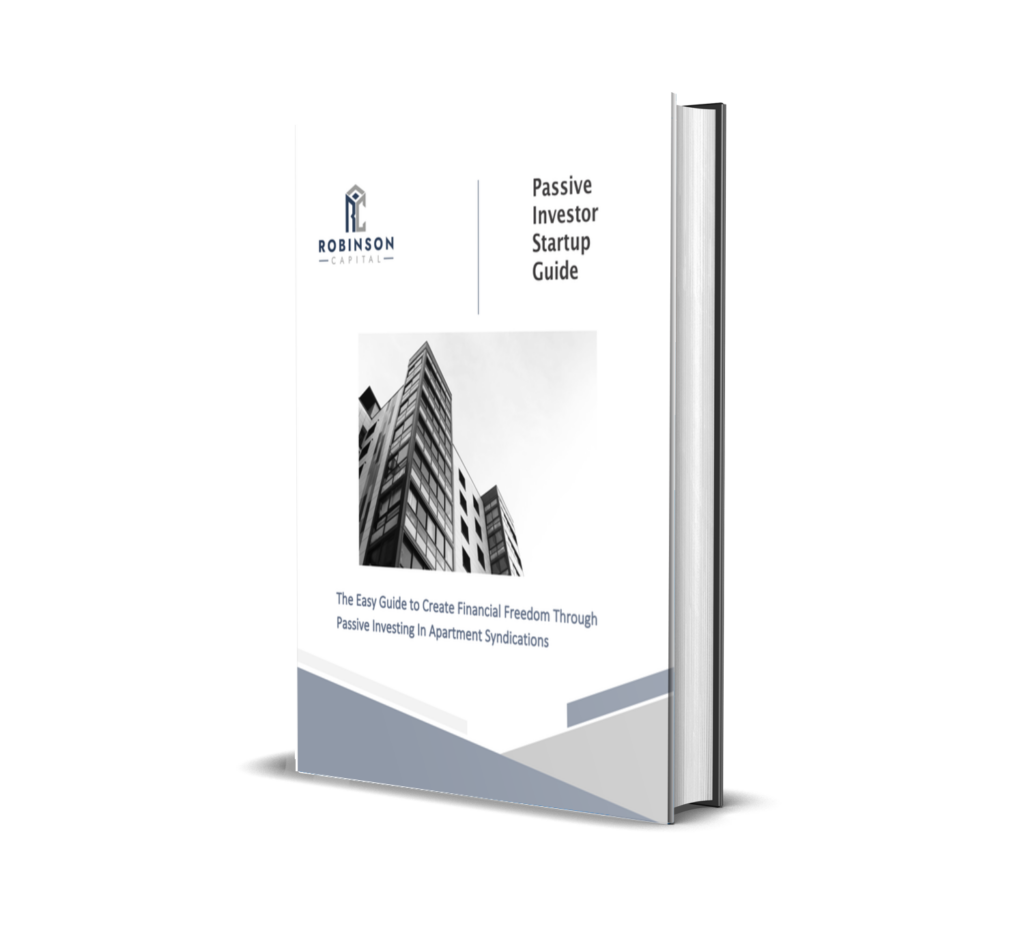If you have been following my content, you may have read about active versus passive investing in real estate and decided that, based on your goals and desires, passively investing is the route that you would like to take to grow your wealth. Now that you have chosen your path, you must seek out operators and syndicators whose goals whose opportunities align with yours. Here are a few very important details to consider when choosing to passively invest with a sponsor.
Alignment of Goals
Just as with any investment, your choice of investment should align with your goals for your funds. Are you seeking stable returns, equity growth or some combination of both? How long are you willing to deploy your money? What is your risk tolerance: higher returns at the cost of greater risk?Each of these are very important considerations and it is essential that you as a passive investor find a sponsor whose investing strategy aligns with your goals.As an example, if your investment objective is to deploy capital for three to five years, generate cash flow in the process and a generous return at the end of the 3 to 5 year period, perhaps you should consider a sponsor whose investment strategy is value-add with the goal of selling or refinancing within that time frame. In doing so, you are ensuring that the goals of the sponsor, your goals and the business strategy align.
Responsiveness
It can be deeply frustrating to invest cash and not know whether your principal is safe. In a recent investor call, I spoke with a prospective investor who invested in a private equity opportunity. This person recalls the stress of not hearing from the sponsor for an uncomfortable period of time. While that individual eventually returned the investors principal as well as the targeted return, what can be remembered most about the experience is the stress of the possibility of things not going well.Any passive investor, regardless of the amount of cash that you are passively investing or the investment strategy of your sponsor, should ensure to understand the process that the prospective sponsor utilizes to update limited partners on the state of operations. Especially during this COVID crisis, when investors are more sensitive to the environment and concerned about the stability of real estate, robust communications are key. Save yourself a headache later and ensure that any sponsor you work with has a system of regular and thorough communication with investors.
Conservatism in the numbers
Everyone wants to make a 1,000% return on their investment. But is it realistic? Is it within a reasonable risk tolerance? Ensure that you understand the numbers being presented to you in the Deal presentation. Any analysis is only as good as the numbers used for projections. A few things to look out for:
-Conservative rent increases: if the business plan presented shows 5% rental increase each year for the next five years, that is not realistic. Not everyone will move out and the market may not allow for a year over year % increase to such a high degree. Rather, a deal that projects slightly lower returns but holding the first two years of rent constant is more conservative and provides for upside opportunities during execution.
- Vacancy: If the opportunity demonstrates stabilizing the property to 100% occupancy, that may not be realistic. Review the numbers presented in the deal package and look for conservative vacancy and bad debt estimates, such as 5% vacancy and 5% bad debt, to account for a subset of tenants that will move out or not pay rent.
- Exit cap rate: no one knows what the market is going to look like in three to five years a when there is a desire to sell. It is best for sponsors to conservatively estimate a cap rate that represents the market at that time. For example, if the property is being purchased at a 6.5% cap rate today, to estimate a 5% cap rate later (which means a future buyer would pay a higher price for the same net operating income), is not a very conservative approach. To estimate an exit cap rate at 7% is more conservative and provides for more potential upside later.
Proven Experience
Finally, in researching sponsors and potential investment opportunities, look for experience. This means experience in multifamily syndication as well as in the particular market of interest. If the sponsor has never done a syndication, that is greater perceived risk to a potential investor. Attempt to understand the sponsor’s team, who he or she works with: other experienced syndicators, property managers, investors, etc. The more experienced his or her network, the more confidence you can place in this potential sponsor.Secondly, and just as importantly, ensure that the sponsor has experience or depth of knowledge in the subject market. If the sponsor has done only deals in Dallas, Texas but is now presenting a deal in Raleigh, North Carolina, what relationships and partners do they have in this market that allow them the local market insights to be successful.Look for the syndication and market experience.
Finding the right sponsor is key to successfully passively investing in multifamily opportunities. Seek to understand the above details and qualities with your prospective business partner before you invest in order to ensure your success.
Passive Investor Startup Guide

To find out more about what it looks like to invest as a passive investor in multifamily real estate, download our free Passive Investor Startup Guide here!
Popular Passive Investor Articles
- – Mindset: Freedom through passive investing
– What is multi-family syndication?
– Do I have to be accredited to invest in a syndication?
– How passive investors can find great sponsors
– What to look for in potential syndicators
– About Robinson Capital

.

Rodney Robinson II
[email protected]